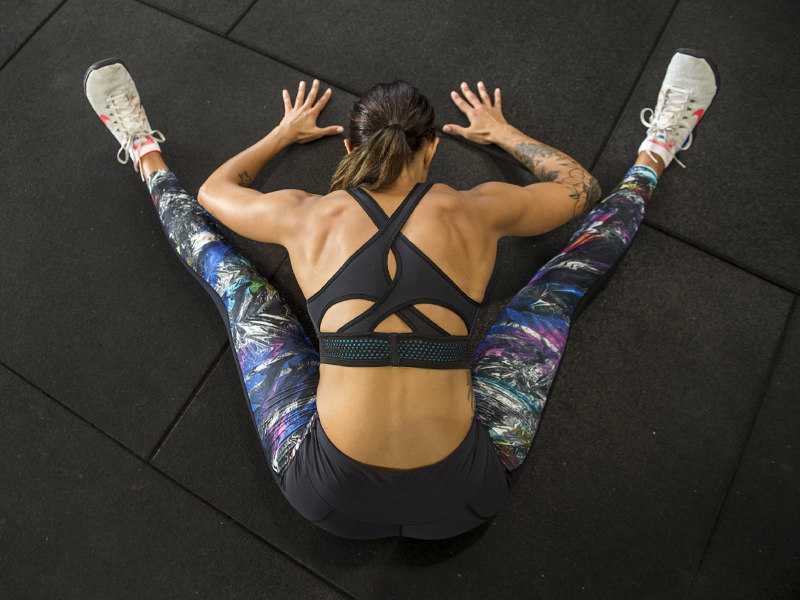How to improve your breathing technique
In our training tips for underwater swimming, we saw how important it was to perform quick technical movements with a reduced oxygen supply or no oxygen at all, i.e. in an hypoxic state.
Now let’s focus on breathing and how proper breathing technique can affect and improve our swimming and even our everyday life.
Breathing techniques help improve concentration and health in general, since we can use our breathing to learn how to control our emotional states more effectively, including those that might cause stress or anxiety.
So, let’s take a closer look at the most important factor in breathing: the diaphragm or, in other words, the muscle separating the thoracic cavity from the abdominal cavity. Like all other muscles, it needs to be trained to improve its elasticity, thereby enabling us to draw more air into our lungs.
Diaphragmatic breathing turns out to be vital.
Let’s take a look at a simple exercise for this kind of breathing that you can perform whenever you like.
Sit on the edge of its chair with your back straight, your shoulders spread and your shoulder blades pulled downwards, your legs firmly on the floor and not crossed. Place one hand on your chest and the other on your stomach, breathe in through your nose and extend your stomach while keeping your chest still, then breathe out through your mouth, relaxing your stomach gently as if sighing. Using both your hands allows you to feel the movement better and to check you are breathing the right way.
Once you have mastered the correct breathing technique, you can use it to learn how to coordinate your breathing with your heartbeat. Slowing down our heart rate can help us perform better and recover more quickly.

Try to perform this exercise quietly while focusing on your breathing. Check your heart rate from your wrist or neck.
Breathe in through your nose for 3 beats and then breathe out for 6 beats. Perform this exercise for at least a minute. With a bit of patience and practice, you will find you can actually slow down your heartbeat.
Breathing is the simplest and most natural thing we do, but under exertion, it requires coordination and awareness.
Targeted training of the muscles used for breathing will ensure you tire more slowly and recover more quickly.
Taking breathing constraints out of the equation means taking your performance to its real limit: the limits of the specific muscles involved in sport.
Are you ready? Breathe in … breathe out..
Articles you may also like…
Learn the backstroke breathing technique
Are you looking for perfect clothing for your training?







